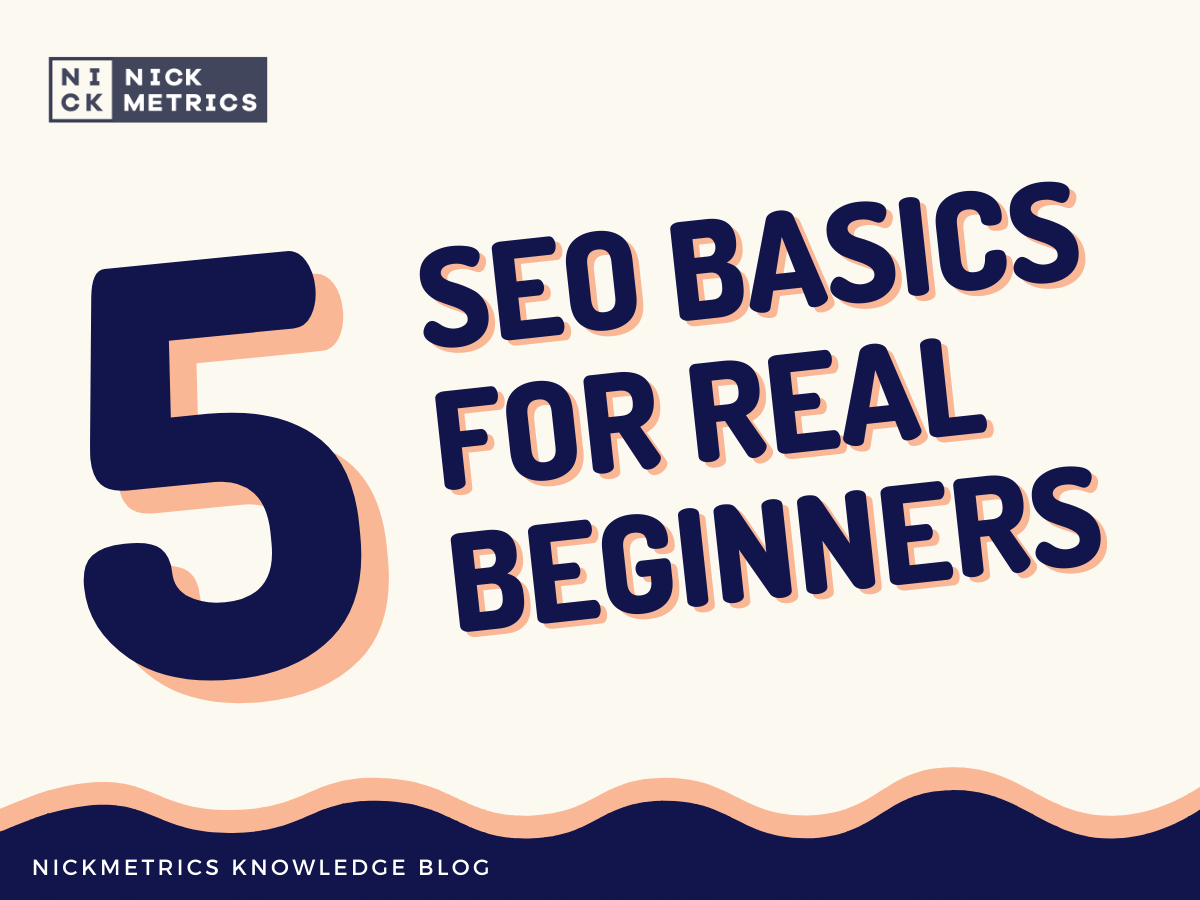
ENTER YOUR EMAIL ADDRESS
Follow Us

There are literally tens of thousands of SEO basics guides on the World Wide Web, and most of them aren’t that friendly to the user. So, if you’re a beginner and have never done any SEO before, this guide is for you. First, we’ll introduce five of the most basic and essential SEO components so you can get started on your optimization journey as quickly as possible.
In SEO, everything begins with finding the right keywords to target. What are these mythical things called keywords? In short, keywords are the terms people use to search for information on the Internet. For your website to rank in the search engines for specific keywords, you need to include those keywords in your site’s content. The first step in discovering the right keywords is to think like your target audience. What terms would they use to find the information or products you offer? Once there’s a list of potential keywords, you can use a keyword research tool like Google’s Keyword Planner to discover how many users are searching for those terms.
Optimization means making changes to your website to improve your site’s ranking in search engines. One of the most important things you can do to optimize your website is to ensure that your meta descriptions, URLs, and H1 tags are all keyword-rich.
Meta Description: We’re referring to the short description that appears beneath your website’s URL in the search results. It gives you a chance to persuade potential visitors to click through to your website, so make sure the meta descriptions on your site are interesting and informative.
Website URL: Your URL is the address of your website, and it should include your target keywords. For example, if you’re optimizing your website for the keyword “pizza,” your URL might look like this: www.example.com/pizza.
H1 Tag: Your H1 tag is the main headline on your website, and it’s one of the most important spots to include your keywords. Remember to keep your headlines short, and sweet-no one wants to read a novel!
When you’re done optimizing your meta descriptions, URLs, and H1 tags, it’s time to start thinking about your website’s actual content. And that means including your target keywords in your page titles, headings, and throughout the body of your text. Remember to use your keywords sparingly-too many keywords on a page will result in keyword stuffing, which is a major red flag for the search engines. Instead, focus on writing natural, informative, and engaging content that will appeal to both your target audience and the search engines.
Backlinks are all of the links from other websites on the Internet to your website. Simple as that. And the more of these you have, the higher your website will rank in the search results. There are some ways to build backlinks to your website. One is to reach out to other website owners and ask them to link to your site. Another is creating high-quality content that other people want to link to. And yet another is to use link-building tools like Google’s Disavow Tool.
Once you’ve optimized your website and built some backlinks, it’s time to measure and monitor your ranking in the search results. You can do this by using a keyword tracking tool like Google Analytics. Monitoring your ranking is important because it lets you see how your optimization efforts are paying off. It also allows you to tweak your SEO strategy if you do not see the desired results.
And that’s it! These are just a few SEO basics. But by following these tips, you can get a head start on your optimization journey and ensure that your site ranks in one of the three top spots in Google results.
Tags: Google Analytics, Keyword Research, Link Building, Search Engine, SEO, SEO Basic